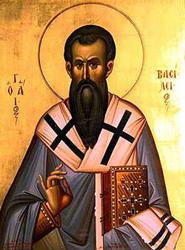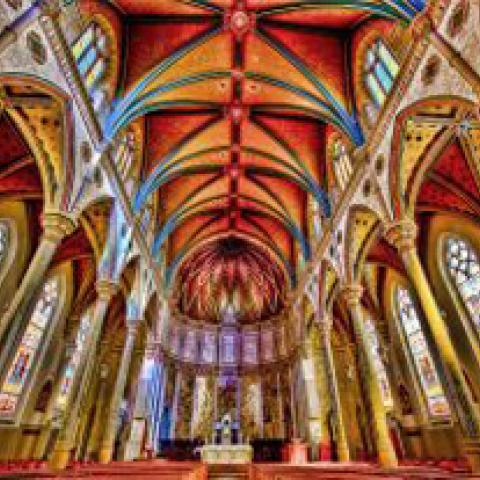
St. Basil’s School of Gregorian Chant (University of St. Thomas, Houston, Texas) presents the Eighth Annual National Winter Chant Conference for The Parish Choirmaster, Cantors, Parish Singer, Monday, February 20–Friday, February 24, 2017, at Immaculate Heart of Mary Retreat & Conference Center, Santa Fe, New Mexico. The conference covers chant repertoire for the three-year liturgical cycle.
Topics include: What Chant to Sing, by Fr. Columba Kelly, OSB, Ph.D.—instruction on reading neumes (chant notation) and praying the text of the liturgy;
How to Direct Chant, by Ray Henderson—instruction on conducting choir/congregation in semiological chant;
How to integrate Chant in the Liturgy, multiple instructors—discussion of the practicalities (pedagogical, liturgical, and musical) of reintegrating chant into congregational music.
For more information, call 281/855-2358 or email: lumen@chantschool.org; Lowell A. Davis, executive director, St. Basil’s School of Gregorian Chant.
http://chantschool.org/national-winter-chant-conference-2017/




